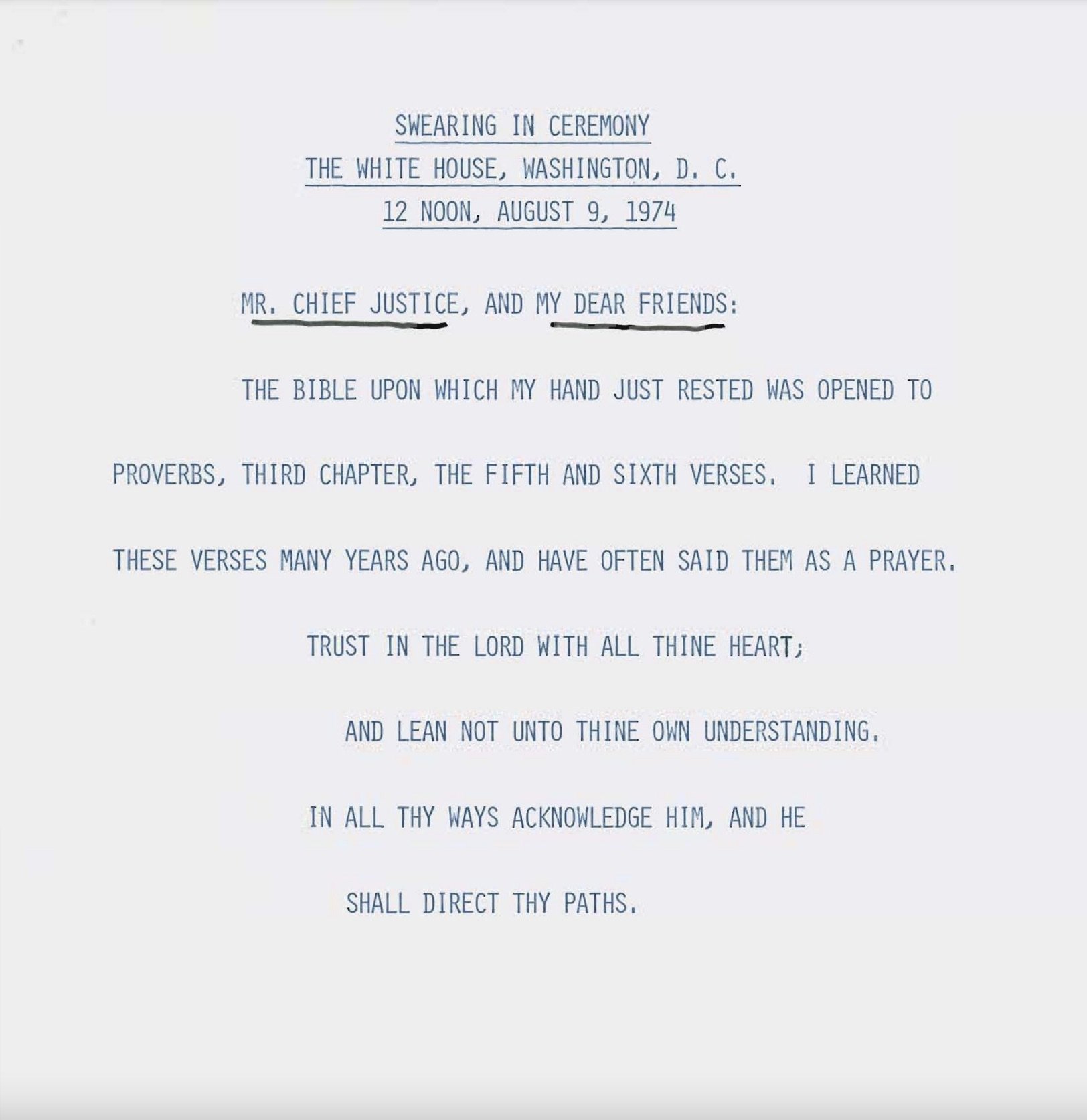Juneteenth and the Fourth of July: America's Two Freedom Holidays ... But What Is Freedom?
I write of freedom.
It’s that time of year when, on either side of the summer solstice, a federal holiday draws Americans’ attention to freedom. Juneteenth, combining June and nineteenth, commemorates the day in 1865 when Maj. Gen. Gordon Granger proclaimed to the people of Texas that “all slaves are free.” It would require months and in some cases years actually to free all Texas slaves.
July 4 commemorates the day in 1776—not when the Continental Congress voted for independence (that happened with passage of the Lee Resolution on July 2)—but when the delegates adopted the Declaration of Independence to tell the world that a new order of the ages was coming into being. Specifically, the Declaration proclaimed that America’s thirteen free and independent states were dissolving all political connections to the State of Great Britain. More than that, it tutored humankind about a salient point of Enlightenment philosophy: the self-evident truth that all human beings, having been created by “Nature’s God,” are to be regarded as equal in their possession of the unalienable right to liberty.
I cannot here resolve the historic tension between these two freedom holidays. The fact that until recently only African Americans celebrated Juneteenth says much about our nation. Alas, it has taken more than two centuries to bring the promise of liberty to a diverse people, and much work remains to be done.
And yet, over the centuries Americans’ basic understanding of freedom has remained the same. In the context of U.S. history, there exist three essential dimensions to the idea, each demarked by a different preposition and each highlighted in a different state paper:
“Freedom from” refers to the state of being free from oppression foreign and domestic. This is the motive behind the Declaration of Independence.
“Freedom to” refers to the instrumental liberties to defend oneself, assemble with fellow citizens, worship as one wishes, have a trial by jury, and speak and write about what one wants. These are the freedoms proclaimed in the Bill of Rights, or first ten amendments to the U.S. Constitution.
“Freedom for” refers to our liberty to pursue the highest purposes of life—or no purpose at all. It is the most teleological of the ways to think about freedom. As Aristotle observed, people desire one thing beyond which there is no further desiring: for the individual it is happiness or flourishing (eudaimonia), and for the community it is the realization of a more perfect union around the common good (koinonia). These high purposes are drawn together in the Northwest Ordinance of 1787, Article 3, which declares that “Religion, morality, and knowledge, being necessary to good government and the happiness of mankind, schools and the means of education shall forever be encouraged.” No similar passage is found either in the Declaration of Independence or U.S. Constitution.
There is much else we could speak of. For example, freedom is always conditioned by limits. We could try to understand all the ways, practically speaking, that our freedom is restricted—by physics, biology, custom, politics, economics, and culture; as well as by an individual’s genetic makeup, educational attainment, and opportunities, or lack thereof.
Or we could go to David Hackett Fischer’s 2004 book, Liberty and Freedom, that explores the dynamic tension between the two words and their worlds. Despite the way English speakers interchange the two terms as if they were synonyms, they actually have quite different origins, histories, and meanings. "Liberty" comes from our Greco-Roman heritage and refers to each individual's legal rights as a citizen, while "freedom" comes from our Germanic heritage and refers to a community whose members have reciprocal obligations to one another.
Or we could revisit what Jesus meant when he said that “the truth will set you free” (John 8:31-32). Think about that. In this formulation, Jesus seems to prioritize freedom over truth. Truth is the means to the end—freedom.
Or we could compare the notion of freedom articulated by John Adams as the right to do that which we should do (note the moral imperative conveyed by the word “should”) with that advanced by many today as the right to do that which we would do (simply because we will it).
Indeed, in our postmodern times when “my truth” is ascendant, freedom has become such an elastic concept that Supreme Court Justice Anthony Kennedy, writing in Planned Parenthood v. Casey (1992), opined: "At the heart of liberty is the right to define one's own concept of existence, of meaning, of the universe, and of the mystery of human life."
Try to unpack that one at your next coffee klatch.
Because freedom is one of the most aspirational and universal desires in the human heart, its various meanings will be debated as long as our species exists.
Questions:
What does freedom mean to you?
In what specific ways is your freedom limited (or should be limited)?
When you look at the United States in all its diversity, are there still significant numbers of individuals who have not benefited from America’s perennial promise of freedom?
Image of Ordinance for the Government of the Territory of the United States North-West of the River Ohio; 7/13/1787; Miscellaneous Papers of the Continental Congress, 1774 - 1789; Records of the Continental and Confederation Congresses and the Constitutional Convention, Record Group 360; National Archives Building, Washington, DC.





